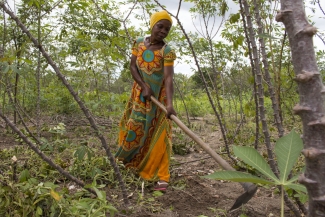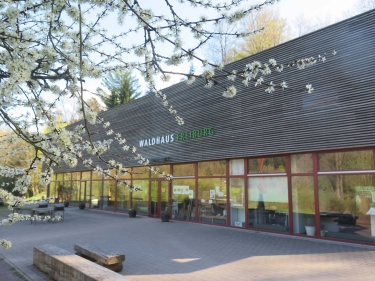Introducing a framework to analyse gender equality in the forest sector

The European Forest Institute has pioneered a framework for making country-level situation analyses of gender equality and gender dimensions in the forest sector. EFI has tested the framework in Ghana, Honduras, and Vietnam. It has also published a report illustrating how the framework can be applied in other countries.
Women have historically been hidden and underappreciated in the forest sector and achieving gender equality is still a distant reality. Understanding where opportunities and challenges lie is paramount to closing the gender gap.
In 2019, the European Forest Institute (EFI) developed a framework for country-level analysis of gender rights and gender dimensions. This framework covers: forest resource tenure and forest utilisation rights and practices; economic opportunities and employment in forestry production and industries; and social welfare, human resources, and participation in forestry institutions.
EFI has tested the framework in Ghana, Honduras, and Vietnam. This showed that while beneficial changes have been made to civil and land laws to regulate equal ownership and inheritance rights for women and men, ownership of forest land and resources is often still a fundamental area of gender inequality.
It also showed that the economic role and contribution of women in the forest economy is still greatly undervalued and underestimated. There are wide and persistent income and earnings gaps across the board in all segments of the forest sector and forest industries, and associated vulnerabilities faced by women in particular. Women also face challenges in rights, access, participation and representation in the forest sector, struggle to get dignified work and have lower levels of education, fewer training opportunities and receive fewer promotions.
EFI has published a new report that shows how the framework can be applied in other countries. The framework provides a level of flexibility that facilitates an understanding according to the information that is available. Applying this framework to countries engaged in reform processes could provide them with new information as they strive to make gender equality an essential characteristic of their forest sector.
Download the report: Gender equality in the forest sector – demonstrating a framework for situational analysis
Photo: Holly Holmes/RTB


